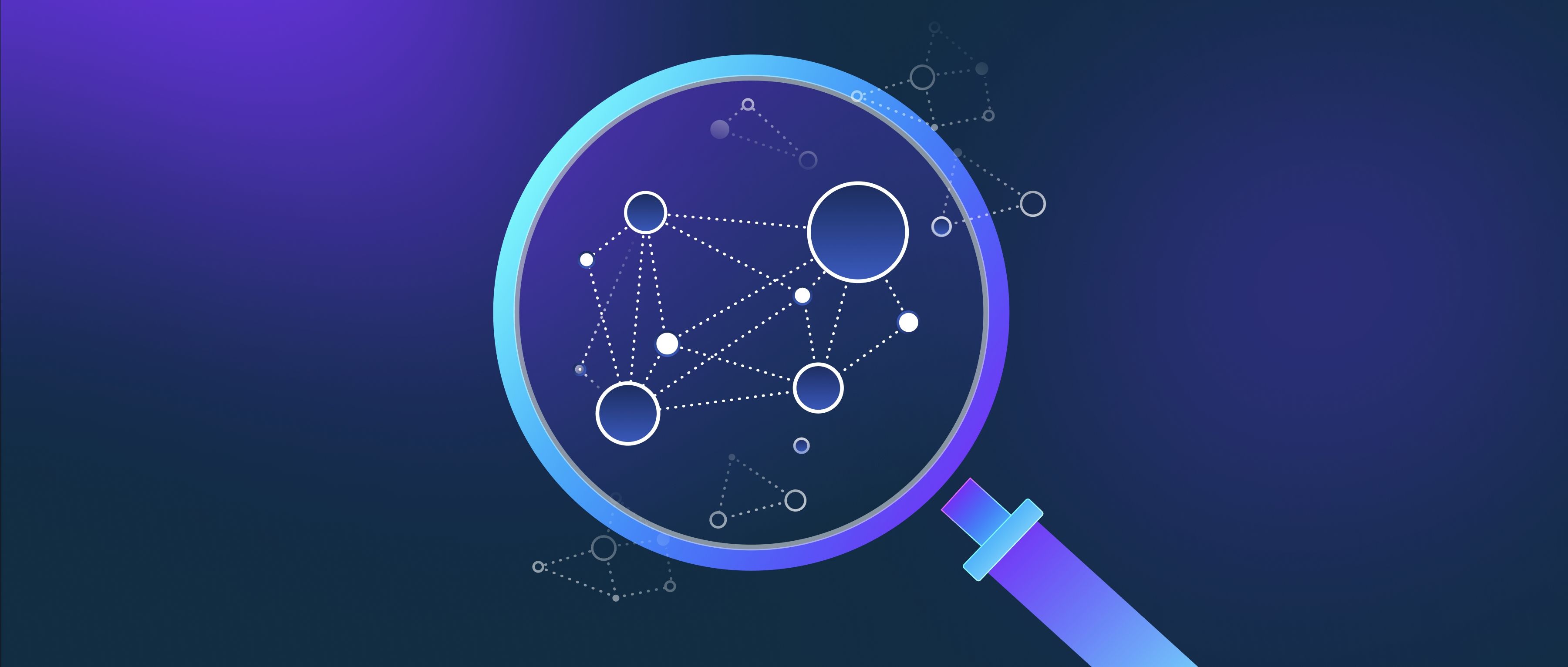Guardrails improve user trust in LLM systems by ensuring that the generated content is safe, ethical, and compliant with legal standards. By preventing the generation of harmful, biased, or inappropriate content, guardrails foster a sense of security, as users know that their interactions with the system will not lead to undesirable outcomes. This is particularly important in industries like healthcare, finance, and education, where trust is critical.
Moreover, guardrails help maintain transparency by providing clear guidelines about what content is allowed and what is restricted. This transparency helps users understand the reasoning behind certain responses or restrictions, reducing uncertainty and increasing confidence in the system. For example, if a system denies a user's request due to ethical concerns, the guardrails can offer an explanation, which promotes accountability.
In addition, the ability to provide safe and respectful user experiences enhances the overall credibility of the LLM system. As a result, users are more likely to engage with and rely on the system, knowing that the guardrails are actively protecting them from harmful or inappropriate content.
